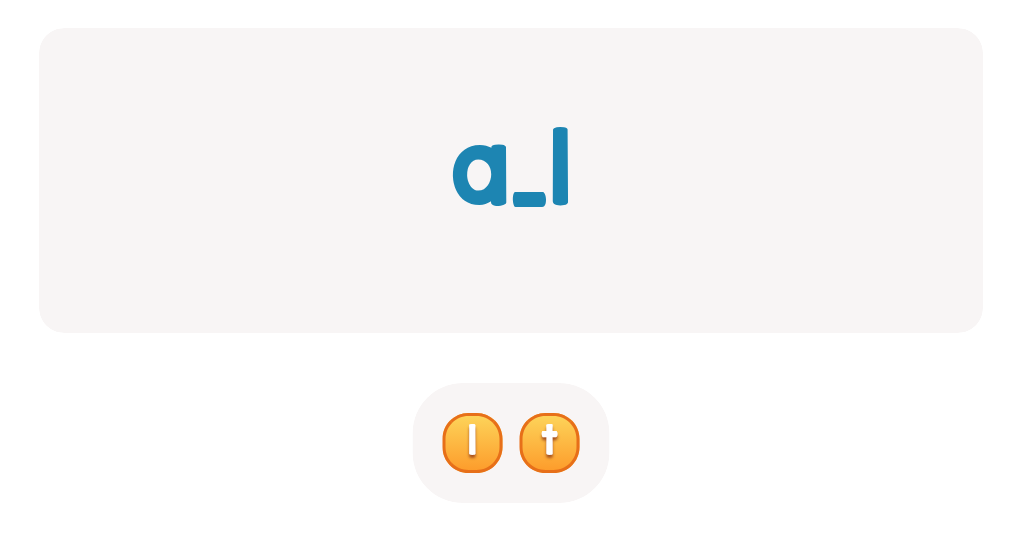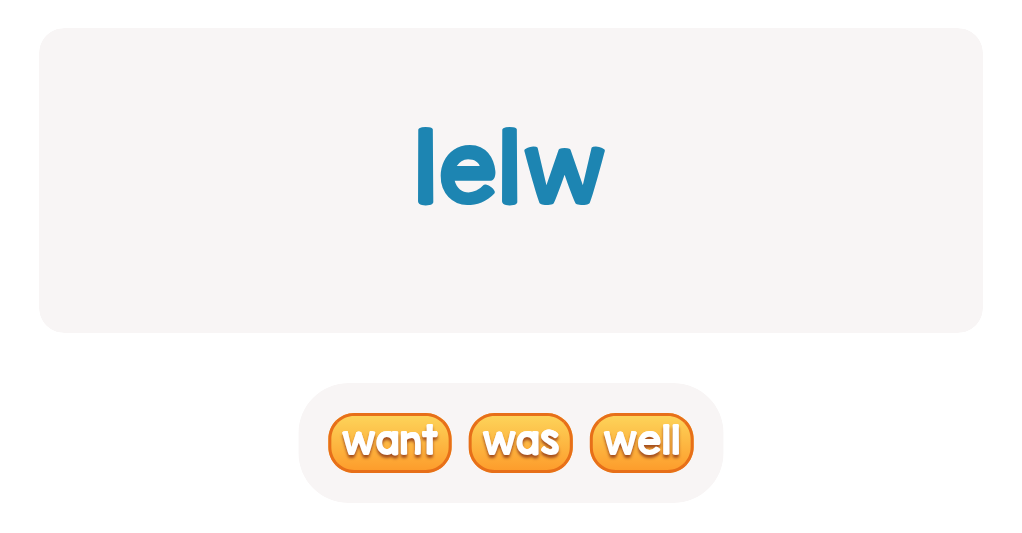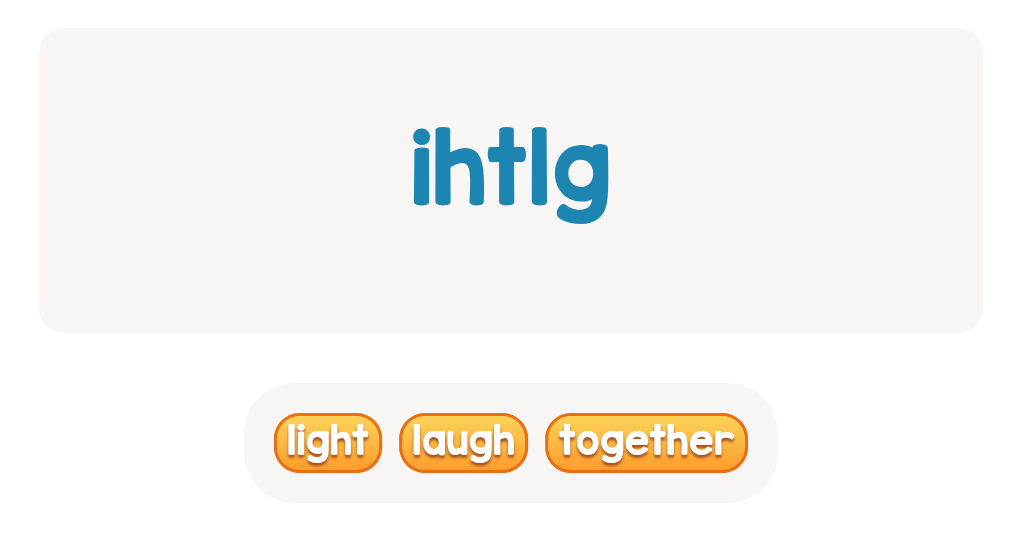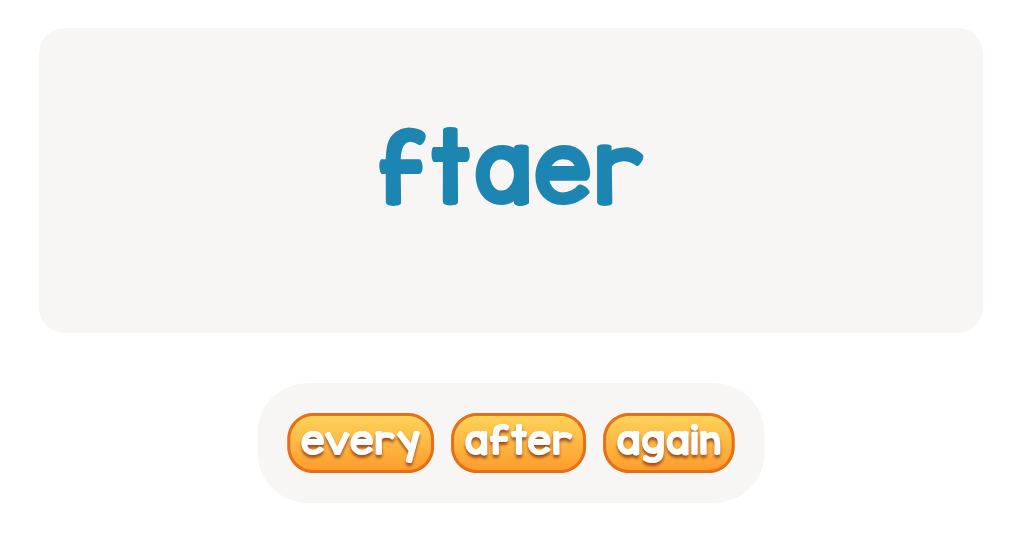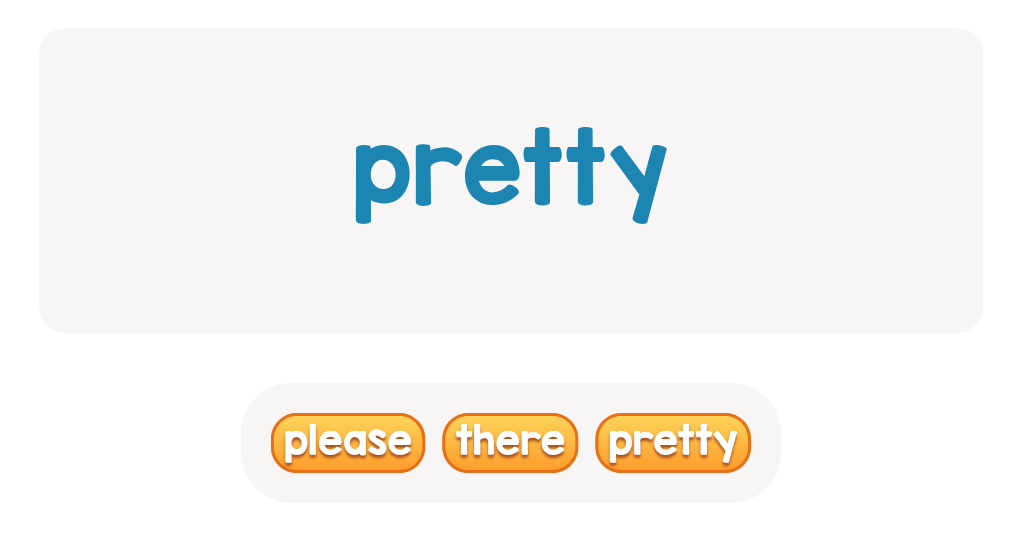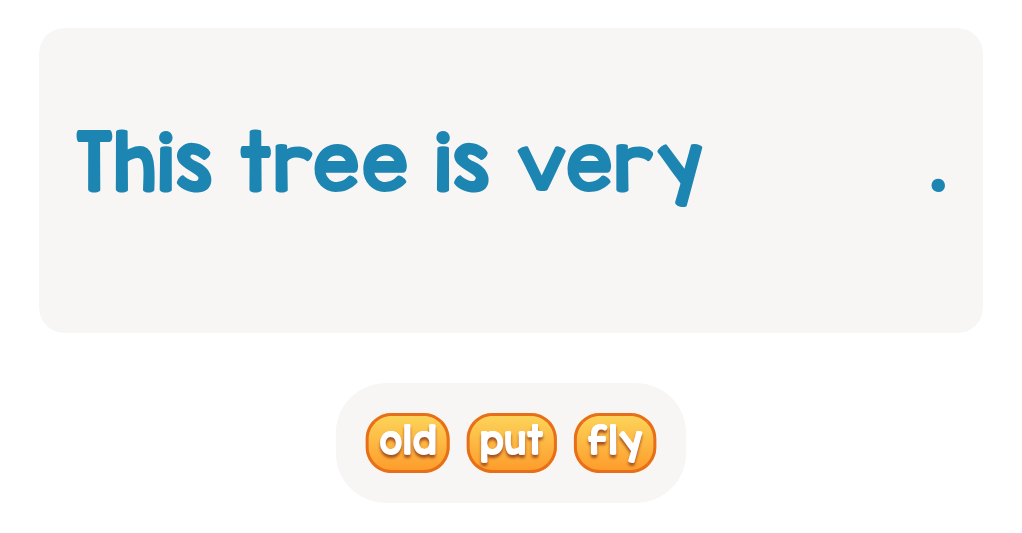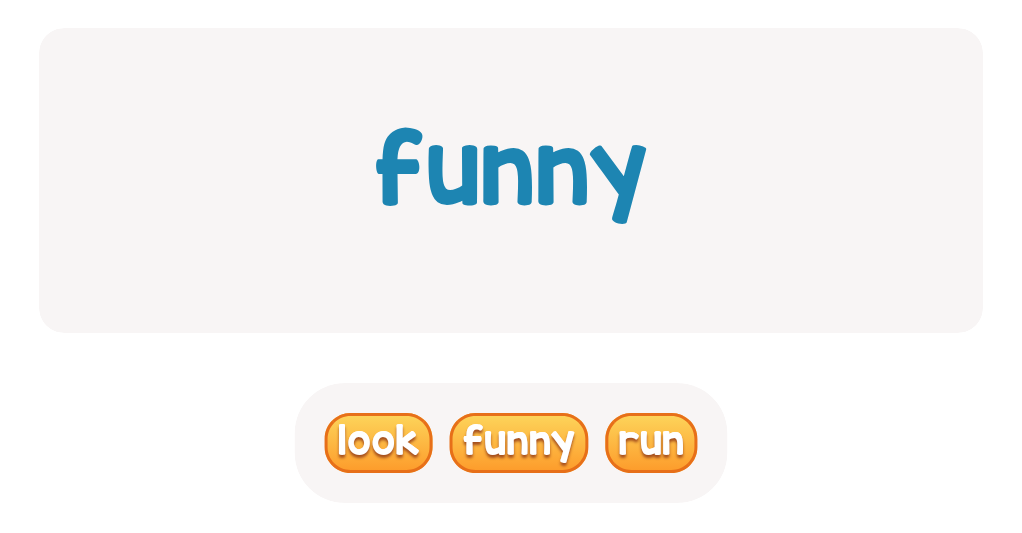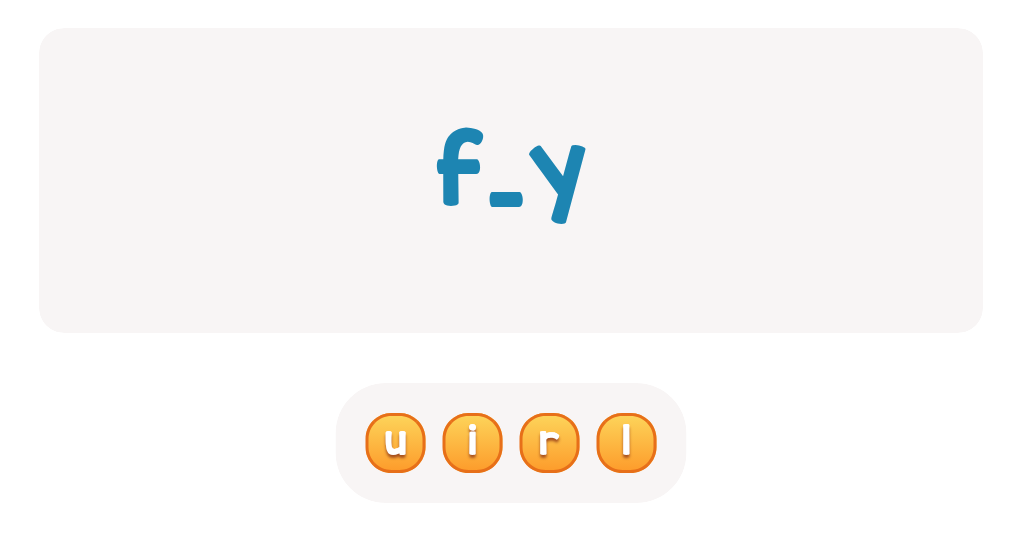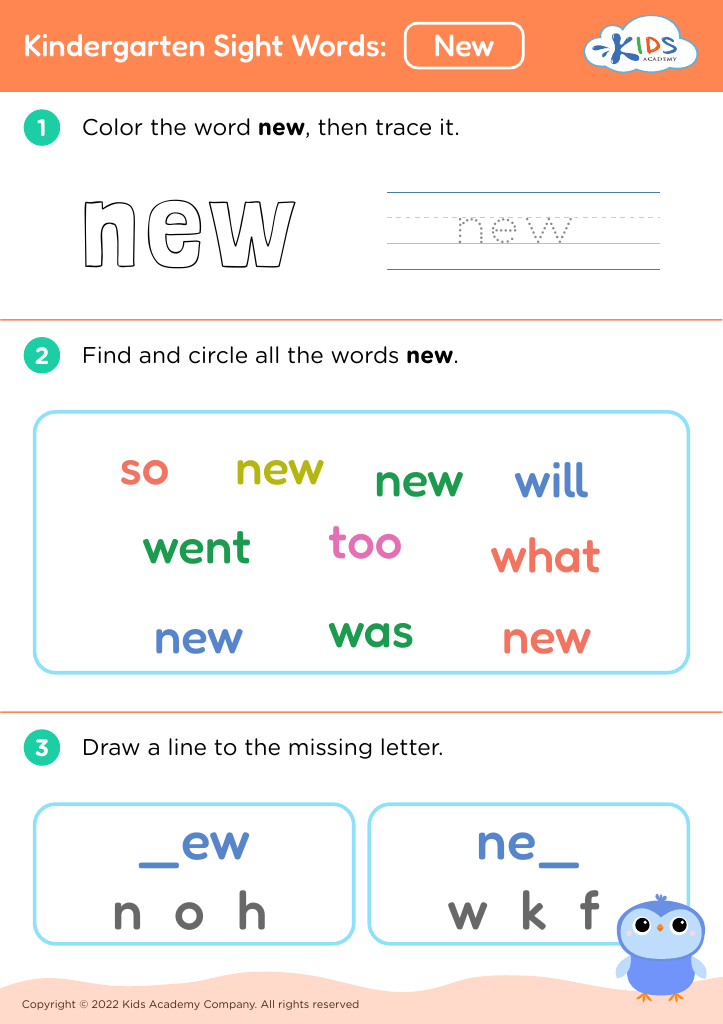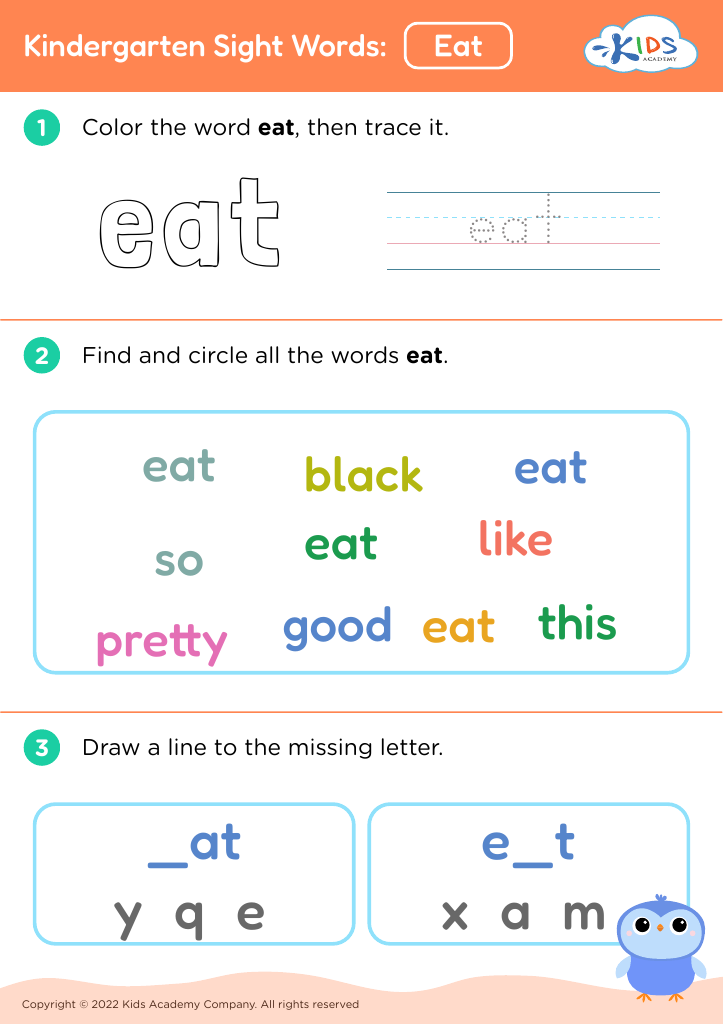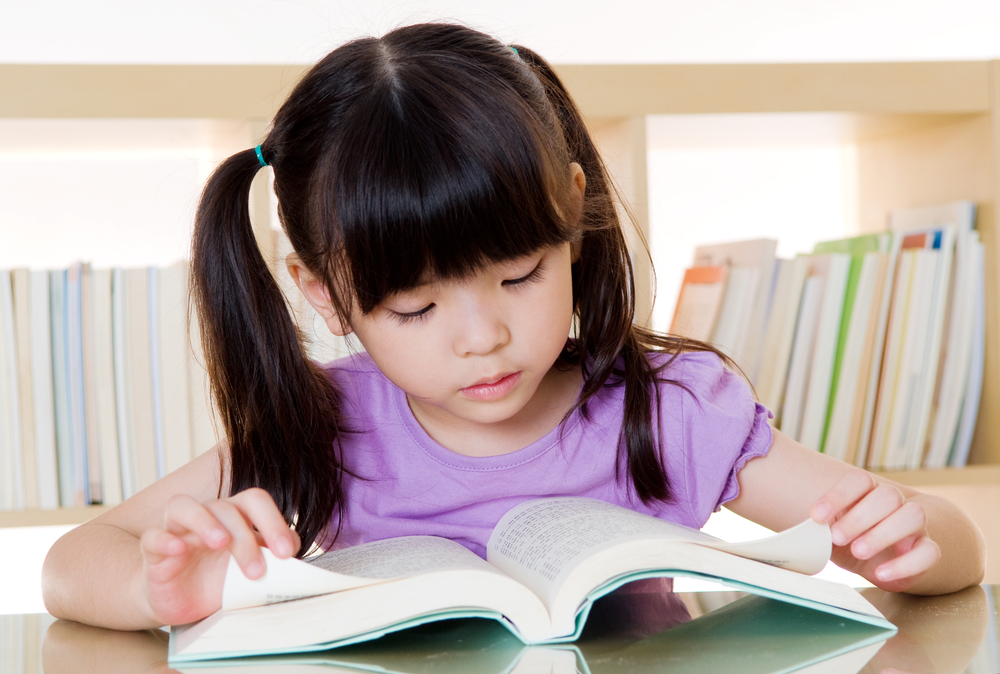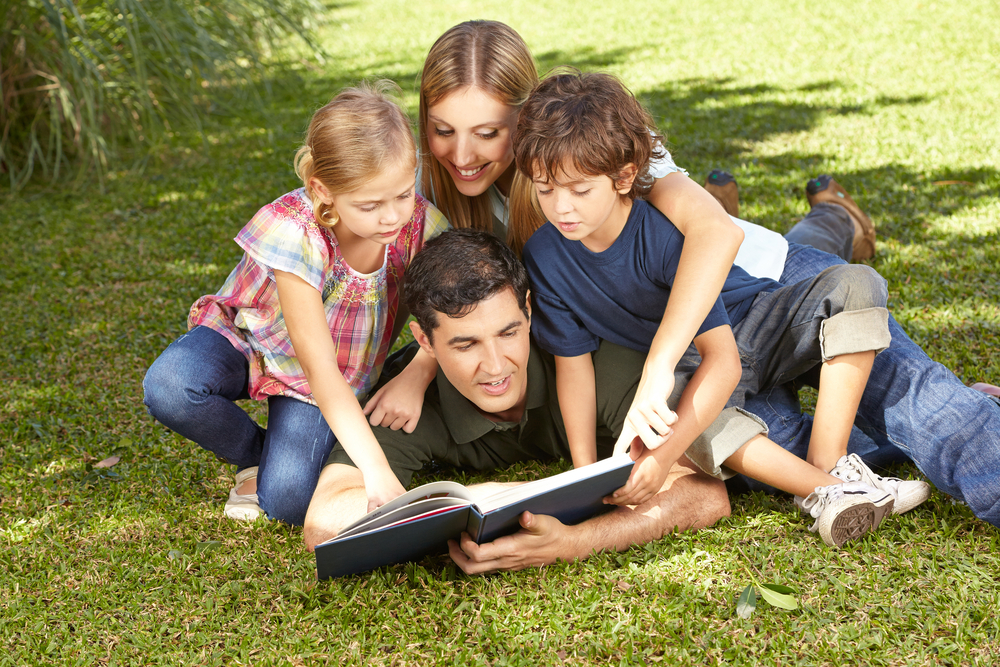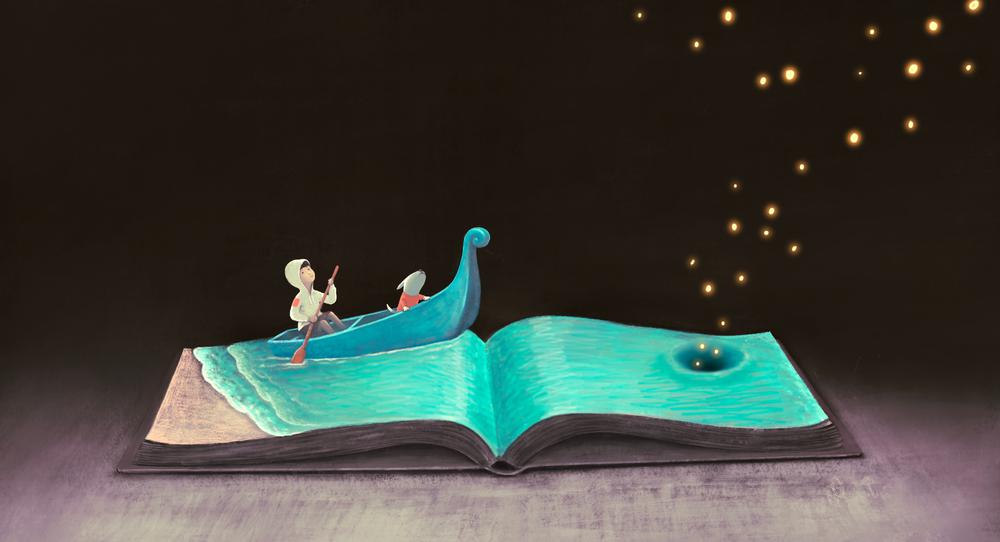Color recognition Building Vocabulary Worksheets for 4-Year-Olds
11 filtered results
-
From - To
Enhance your child's learning journey with our engaging Color Recognition Building Vocabulary Worksheets designed specifically for 4-year-olds. These fun, colorful worksheets help young learners identify and name different colors while expanding their vocabulary. Incorporating playful visuals and interactive activities, our worksheets make learning enjoyable and effective. Each activity is tailored to support early literacy skills and boost cognitive development, encouraging children to explore the world of colors. Perfect for preschools and home learning, these resources will help your little ones gain confidence in their language abilities. Discover the joy of learning colors while building a strong vocabulary foundation today!


Red and Blue Coloring Fun Worksheet
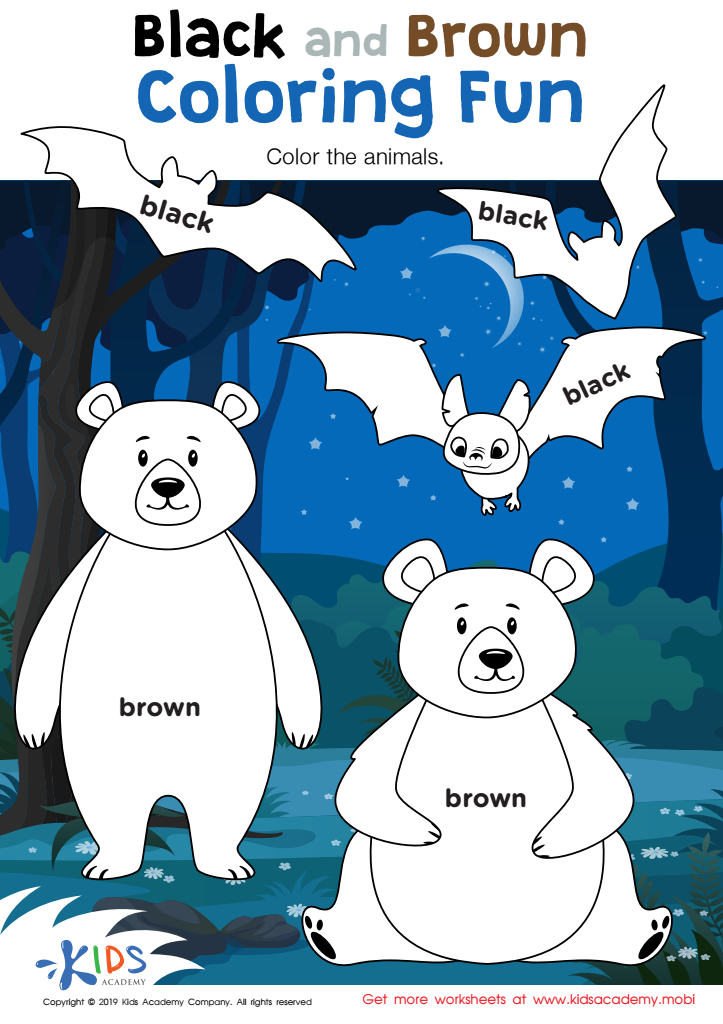

Black and Brown Coloring Fun Worksheet
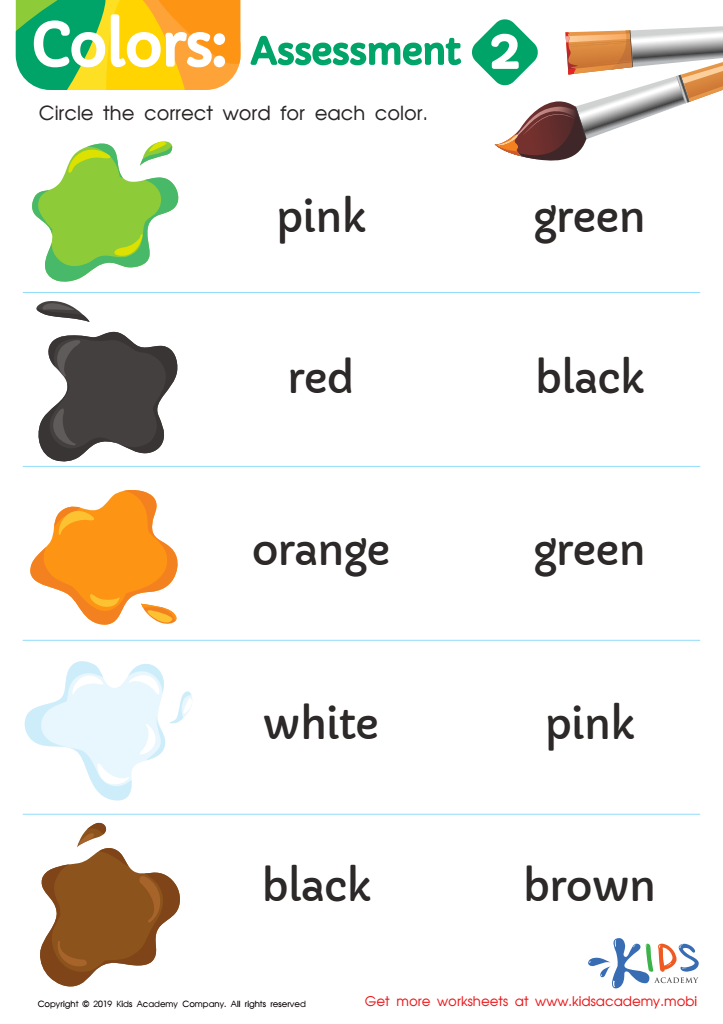

Colors: Assessment 2 Worksheet


Colors: Assessment 1 Worksheet
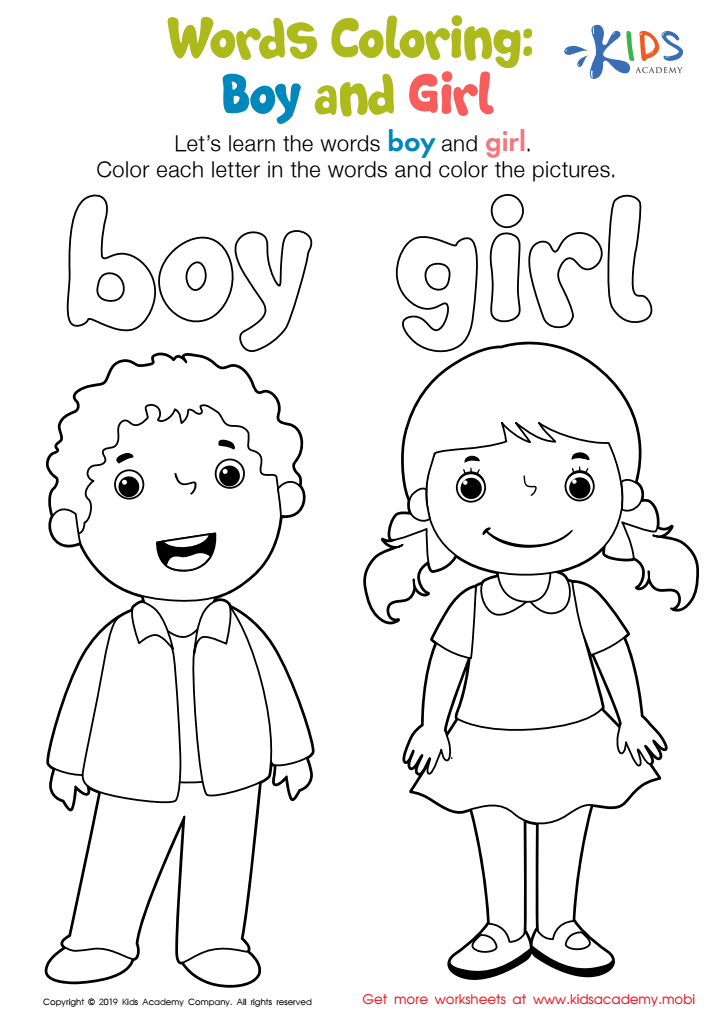

Boy and Girl Words Coloring Worksheet
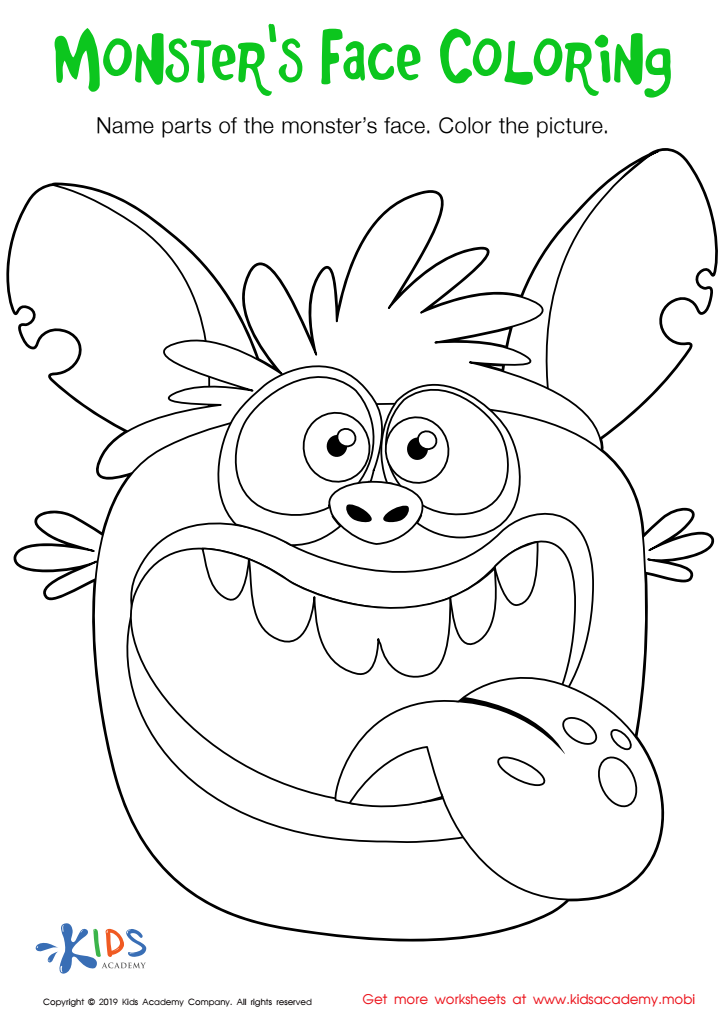

Monster's Face Coloring Worksheet


Tired and Worried Words Coloring Worksheet
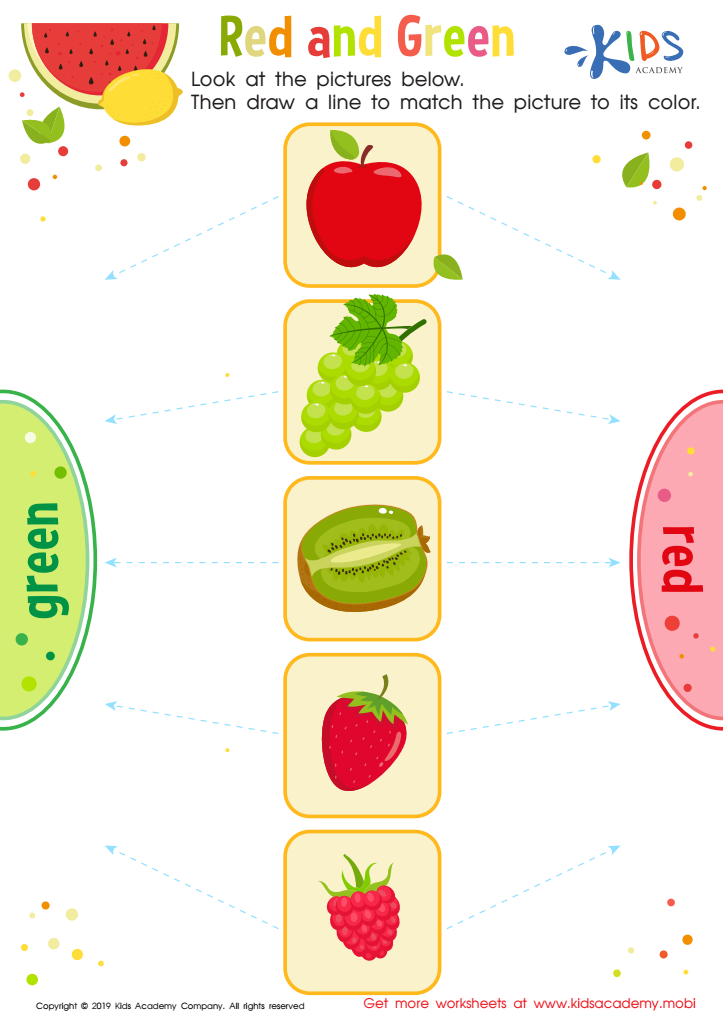

Red and Green Worksheet
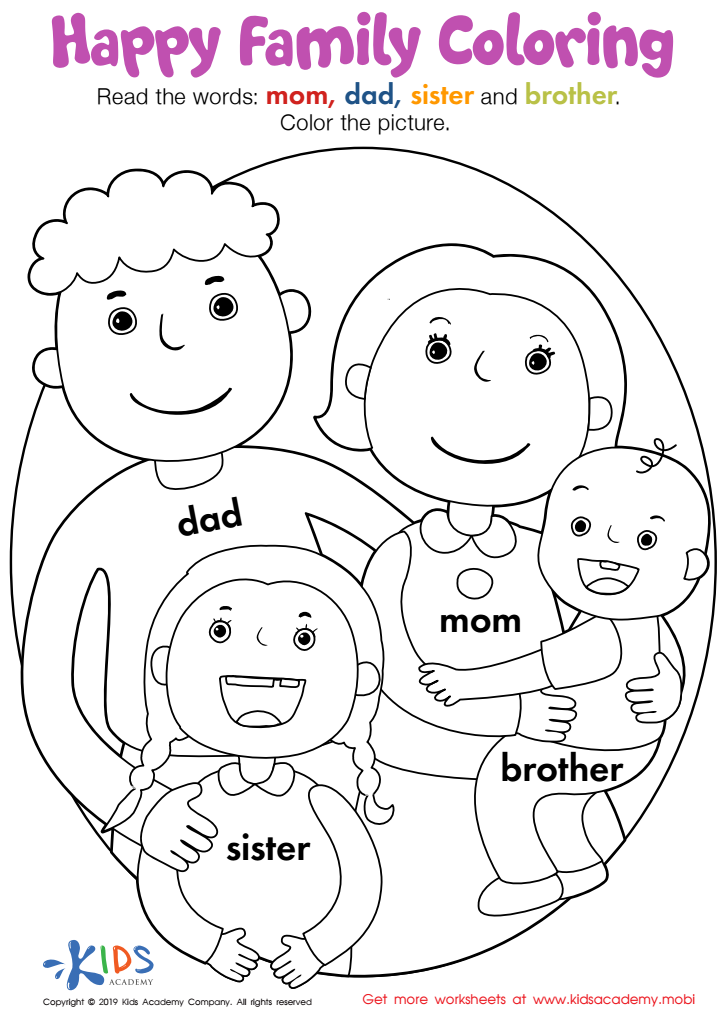

Happy Family Coloring Worksheet
Color recognition and vocabulary building are fundamental components of early childhood education that profoundly impact a child's development. For 4-year-olds, learning colors serves as a gateway to understanding the world around them. Recognizing colors not only enhances their observational skills but also enriches their ability to categorize objects and experiences. When children identify a red apple or a blue sky, they develop cognitive skills that support critical thinking and creativity.
Furthermore, building vocabulary alongside color recognition contributes significantly to language development. Using descriptive language about colors helps children expand their word bank and express themselves more clearly. For instance, discussing various shades—like "light green" or "deep purple"—instills a rich understanding of language nuances.
Parents and teachers play a vital role in this process. Engaging children in activities that combine color identification and vocabulary—such as storytelling, games, and art projects—can support linguistic and cognitive growth. This initiative fosters a sense of curiosity and inspires a love for learning. Ultimately, teaching color recognition and vocabulary equips young learners with essential skills that pave the way for future academic success and effective communication.
 Assign to My Students
Assign to My Students
